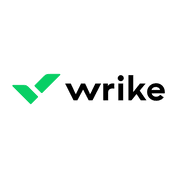Wimi is a Collaboration Software. Wimi offers Synchronous Editing, Group Calendars, Discussion Boards, Cooperative Writing, Chat (Messaging) and many more functionalities.
Some top alternatives to Wimi includes Basecamp, Wrike, Teamwork, Flock and Collabtools.
Yes, Wimi provides API.
Yes, Wimi provides a mobile app.
Wimi is located in Paris, France
Wimi offers Free Trial, Subscription, Quotation Based pricing models
Yes, Wimi can integrate with Evernote, Dropbox Business, Google Drive, Box and many more.You can find more integration for Wimi here
The starting price is not disclosed by Wimi. You can visit Wimi pricing page to get the latest pricing.



















